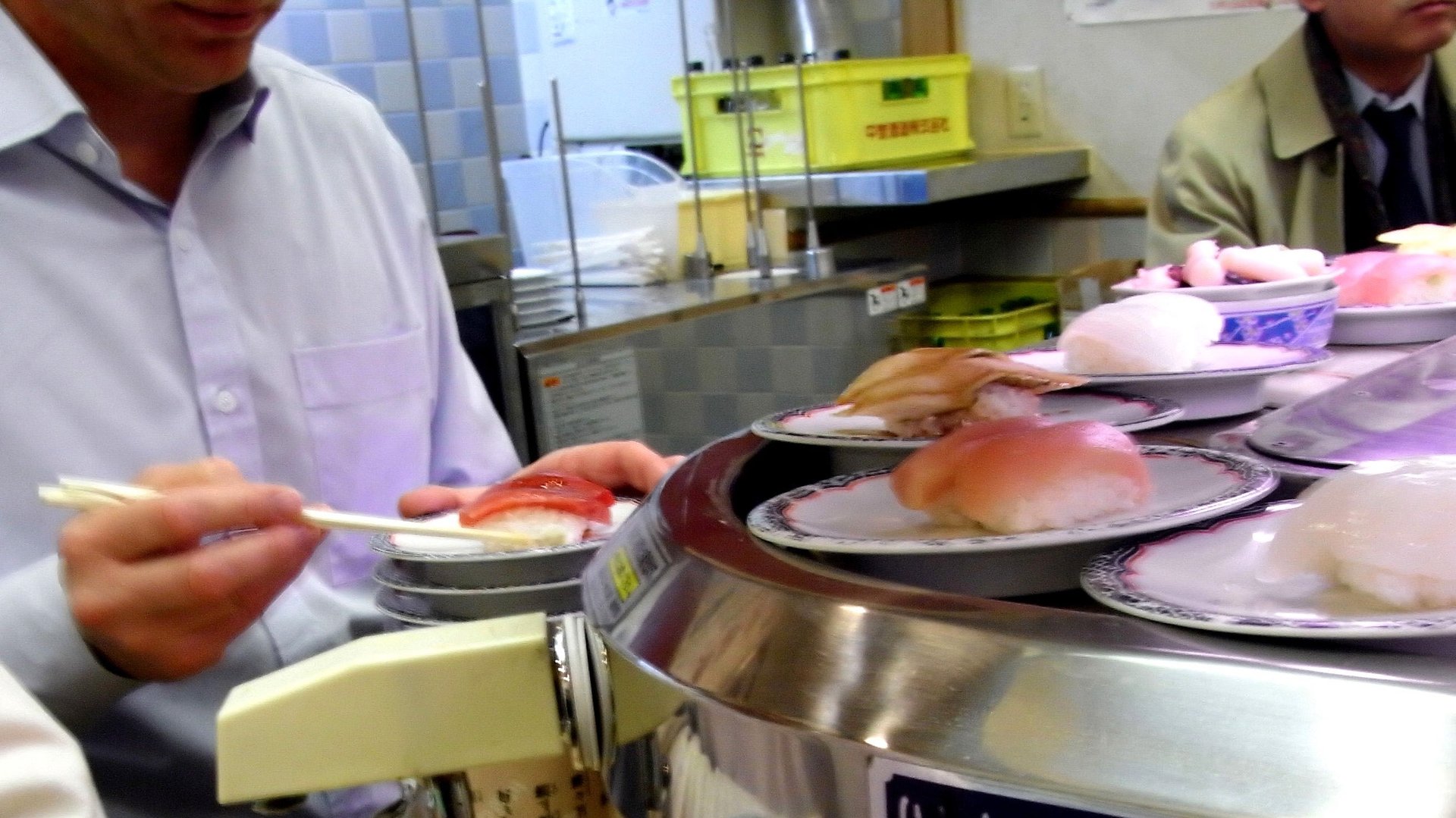A Japanese sushi chain is getting rid of its conveyor belts
Sushi delivered by conveyor belt is arguably the height of analog-era restaurant gadgetry. But at least at one Japanese chain, it has become the latest casualty of the mobile computing revolution.


Sushi delivered by conveyor belt is arguably the height of analog-era restaurant gadgetry. But at least at one Japanese chain, it has become the latest casualty of the mobile computing revolution.
Introduced in the late 1950s, “kaiten-zushi” restaurants feature a revolving belt with small plates of sushi. Diners can grab whatever passes them and looks appetizing; the bill is tallied by the number of stacked, empty plates (often color-coded to represent different prices). The concept spread as far as a Whole Foods in Manhattan.
Now Japan’s chain Genki Sushi, with 130 branches, is moving away from the system, according to Japan Today. Instead, it will focus on direct, custom orders:
Many establishments now have tableside tablets that customers can use to order with just a few taps of their finger. The sushi is prepared in the kitchen and placed on a plate, and the plate is then in turn placed on a rail that quickly slides the order to the customer.
These tablet orders already represent 80% of sushi eaten in Genki branches that have the systems, Japan Today reports. So it is planning to turn all of its locations into non-revolving systems within five years. This results in fresher food for diners, less food waste (if conveyer-belt plates go uneaten or are out too long) and lower electricity consumption, which has been a concern in Japan following the 2011 earthquake.